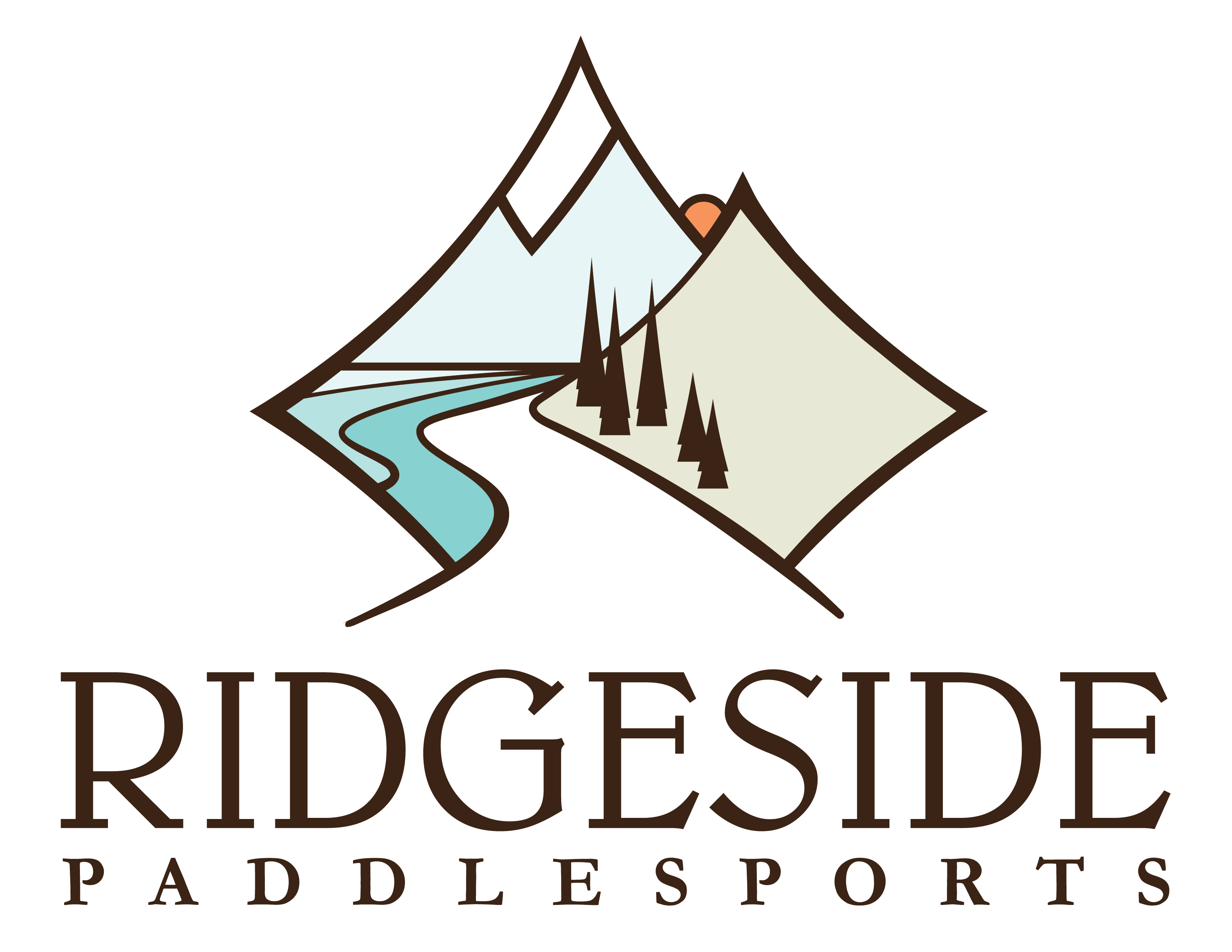How to size your auxiliary paddles: Before you go into the water, you need to make sure you’re using paddles of the proper length. Paddles that are too long are a hassle to use, and ones that are too short require you to clumsily cock the paddle into the water. The auxiliary paddles are available in fixed or adjustable length. Fixed-length paddles tend to be lighter and stiffer, making them ideal for longer trips and races. Adjustable paddles allow you to experiment with length while learning to stand up and share the paddle with shorter or taller friends and family.
With a fixed or adjustable length paddle, make sure it’s the right length by doing these things: Stand the paddle vertically so the blade touches the ground. Reach your arm overhead and notice where it lands on the paddle. With a properly sized paddle, the T-handle will rest in the crook of your wrist.
How to Hold a Secondary Oar: If there’s one surefire way to spot a novice stand-up paddler, it’s how they hold the paddle. To help you avoid common mistakes, here are some tips: Blade Angle: Hold the blade so it is angled forward, not backward. Hand Position: Hold the T-handle lightly with one hand and the shaft with the other, making sure your hands don’t get too close.
How to Use a Stand Up Paddle Board
Before hitting the water, it’s crucial to understand the basics of stand up paddle boarding. Follow these steps to make the most of your SUP adventure:
Equipment and Safety: Start by wearing a personal flotation device (PFD) and a leash to ensure your safety. Familiarize yourself with the paddle board’s components, including the deck pad, fin, handle, and leash attachment.
Mounting the Board: Begin in calm, shallow water and position the board parallel to the shoreline. Place the paddle across the board’s deck and gradually move onto the board, ensuring your weight is balanced.
Paddling Techniques: Hold the paddle with one hand on the top grip and the other hand on the shaft. Dip the blade into the water, keeping it vertical, and use your core muscles to pull the paddle towards you. Alternate sides with each stroke to maintain balance and propel yourself forward.
Staying Balanced: Stand with your feet shoulder-width apart, knees slightly bent, and your gaze fixed on the horizon. Engage your core muscles to maintain stability, adjusting your stance as needed to adapt to changing conditions.
Cheap and Wholesale Stand Up Paddle Boards
If you’re interested in owning a stand up paddle board, there are affordable options available. Ridgeside Paddle, a reputable B2B website, offers a range of CHEAP STAND UP PADDLE BOARDS without compromising on quality. These boards are suitable for beginners and recreational paddlers who are looking for a budget-friendly option.
Alternatively, if you’re a business owner or looking to buy multiple boards, wholesale stand up paddle boards can provide significant cost savings. Ridgeside Paddle also offers a wide selection of wholesale SUP boards, allowing you to meet the demands of your customers while maximizing your profit margins.



